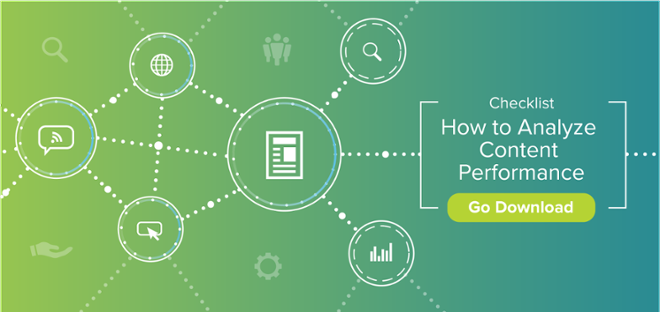![The Anatomy of a High-Quality Blog Post [INFOGRAPHIC]](https://blog.influenceandco.com/hubfs/The-anatomy-of-a-high-quality-blog-post-feature-image.png)
Integrated Digital Marketing Solutions | EXPLORE SERVICES

- Menu
-
- Strategic Planning
- SEO
- Content Audit
- Content Strategy
- Keyword Research
- Technical Website Audit
- Website Design & Development
- See all content marketing services →
- Earned Media
- Guest Posting
- Public Relations
- Owned Media
- Blog Content
- Case Studies
- Infographics
- Whitepapers
- Content Amplification
- Social Media Management & Collateral, Email Drip Campaigns & Newsletters, Video, and Graphic Design
- Pricing
- Pricing + Services FAQ
- Blog
- Client Login
- Get a Quote
- Contact Us

.FINAL.png?width=2000&name=The%20anatomy%20of%20a%20high-quality%20blog%20post%20(infographic).FINAL.png)




